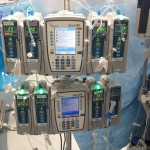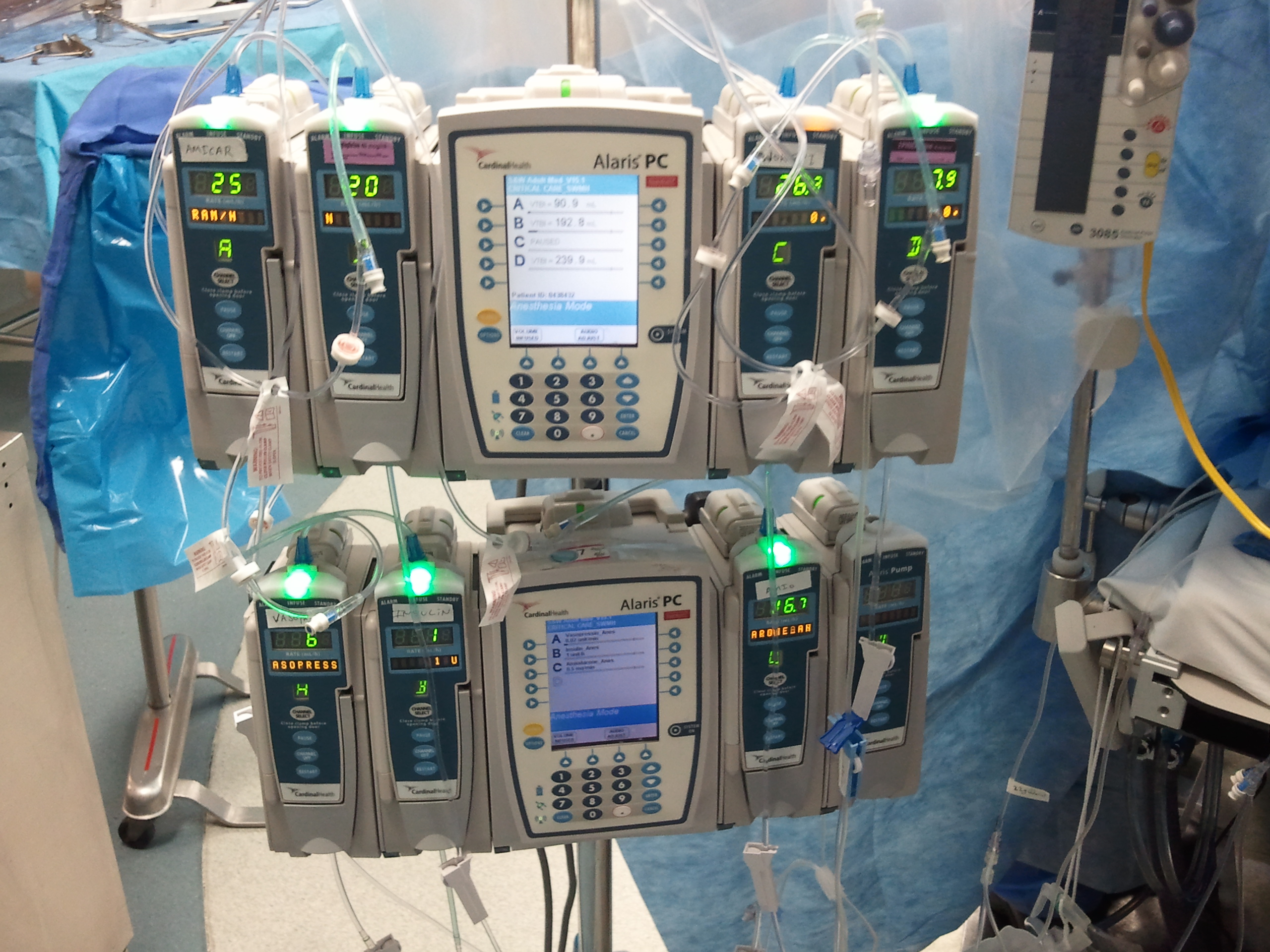 The European Board of and Society of Anesthesiology have adopted the Helsinki Declaration for Patient Safety in Anesthesia and have made recommendations for standards that further improve patient safety.
The European Board of and Society of Anesthesiology have adopted the Helsinki Declaration for Patient Safety in Anesthesia and have made recommendations for standards that further improve patient safety.
The authors state that patient safety has 3 components; a set of guiding principles, a body of knowledge and a collection of tools. The basic principles are the tendency for things to go wrong is both natural and normal, rather than an opportunity to find someone to blame; safety can be improved by analyzing errors and critical incidents, rather than pretending they have not happened; and humans, machines and equipment are all part of a system, the component parts of which interact to make the system safe or unsafe.
The following Abstract was printed in the European Journal of Anesthesiology:
Anaesthesiology, which includes anaesthesia, perioperative care, intensive care medicine, pain therapy and emergency medicine, has always participated in systematic attempts to improve patient safety. Anaesthesiologists have a unique, cross-specialty opportunity to influence the safety and quality of patient care. Past achievements have allowed our specialty a perception that it has become safe, but there should be no room for complacency when there is more to be done. Increasingly older and sicker patients, more complex surgical interventions, more pressure on throughput, new drugs and devices and simple chance all pose hazards in the work of anaesthesiologists. In response to this increasingly difficult and complex working environment, the European Board of Anaesthesiology (EBA), in cooperation with the European Society of Anaesthesiology (ESA), has produced a blueprint for patient safety in anaesthesiology. This document, to be known as the Helsinki Declaration on Patient Safety in Anaesthesiology, was endorsed by these two bodies together with the World Health Organization (WHO), the World Federation of Societies of Anaesthesiologists (WFSA), and the European Patients’ Federation (EPF) at the Euroanaesthesia meeting in Helsinki in June 2010. The Declaration represents a shared European view of that which is worthy, achievable, and needed to improve patient safety in anaesthesiology in 2010. The Declaration recommends practical steps that all anaesthesiologists who are not already using them can successfully include in their own clinical practice. In parallel, EBA and ESA have launched a joint patient safety task-force in order to put these recommendations into practice. It is planned to review this Declaration document regularly.
The original article by Staender et al is a “must read” for all providers who sincerely seek to improve patient safety. Click here to read the original article.
Return to procrna.com to share your thoughts with your colleagues.

Clearly, worldwide anesthesiology has taken the lead in patient safety. In the US, the Anesthesia Patient Safety Foundation recommends standards that have vastly improved patient safety. I sounds like Europe is also on board with safety issues.